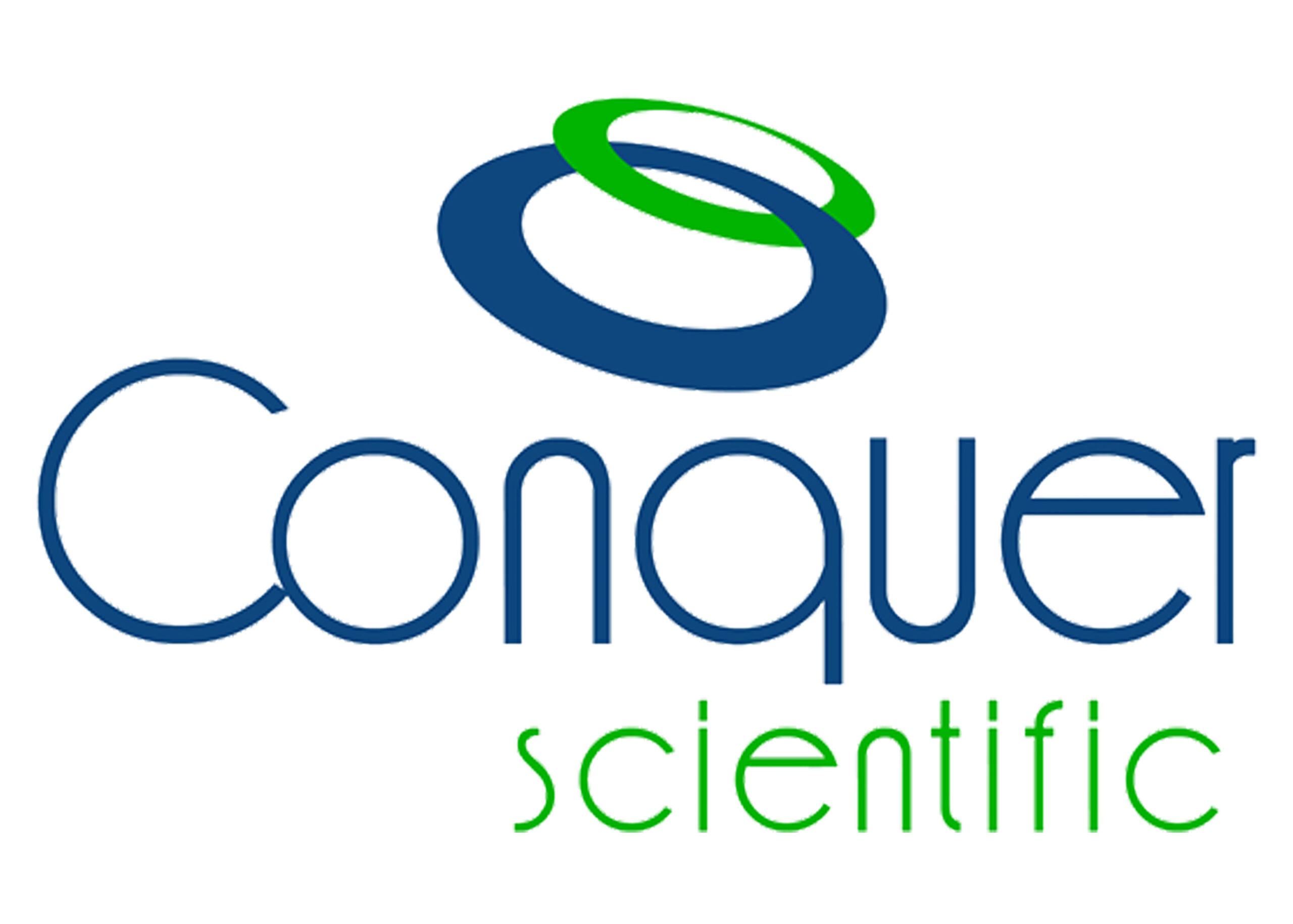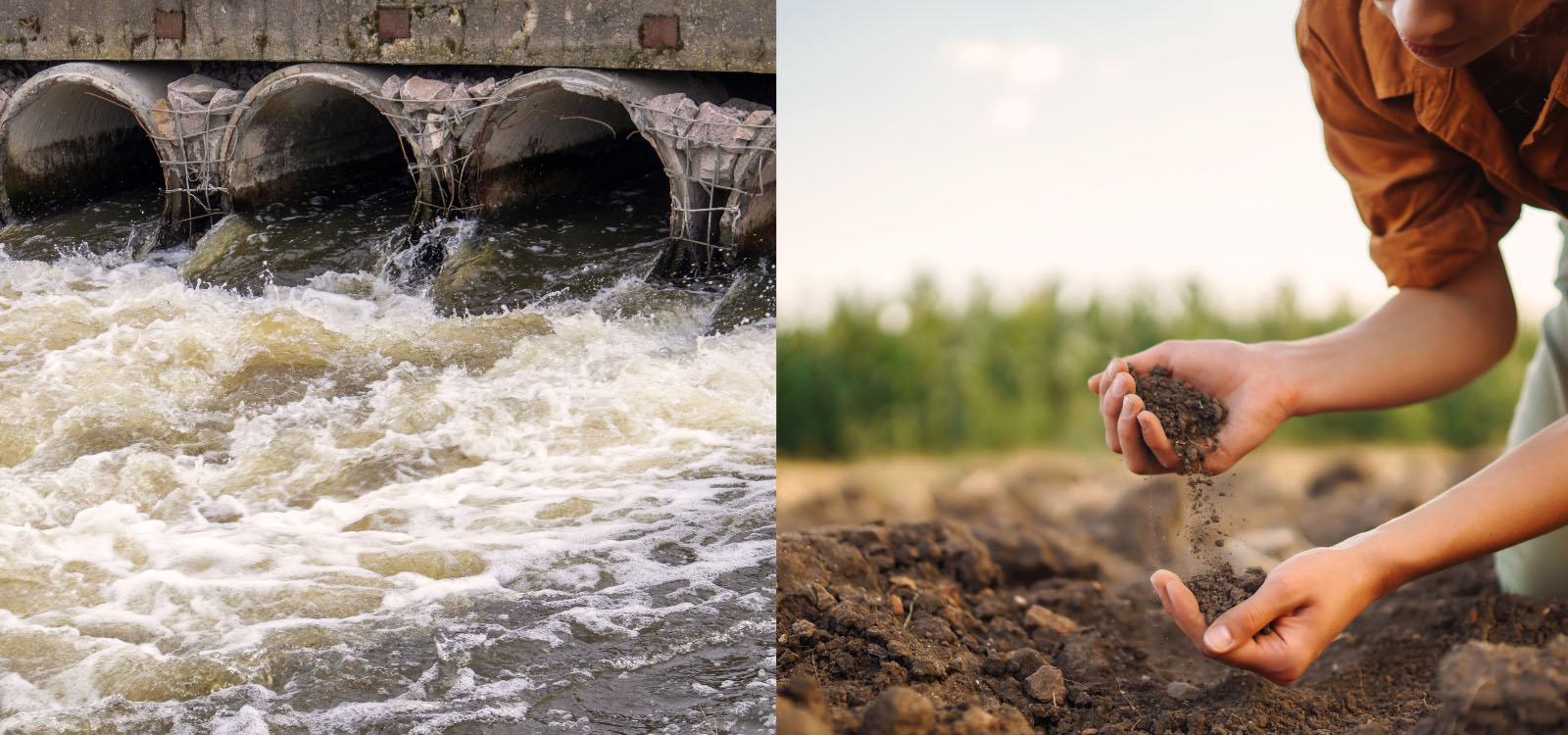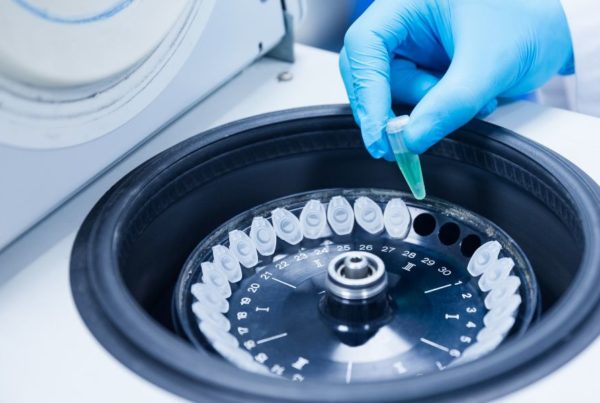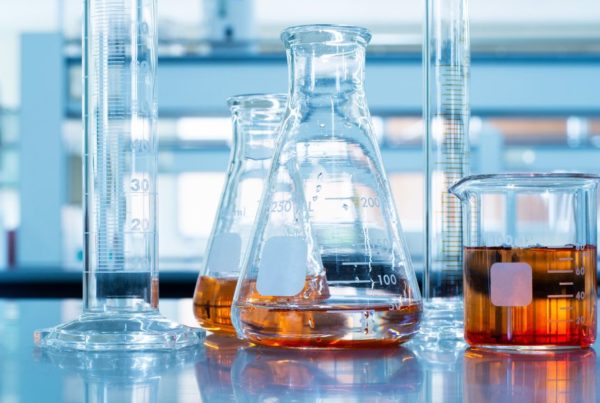Per- and polyfluoroalkyl substances (PFAS) are a group of synthetic chemicals widely used in industries since the mid-20th century. Due to their non-biodegradable nature and persistence in the environment, PFAS have become a global concern, particularly in water and soil contamination. Their resistance to degradation and potential harmful health effects, such as cancer and liver damage, have driven the need for sensitive and accurate analytical techniques to detect and quantify PFAS in environmental samples.
Here are the top analytical techniques for detecting PFAS in water and soil:
1. Liquid Chromatography-Tandem Mass Spectrometry (LC-MS/MS)
LC-MS/MS is the most widely used technique for PFAS detection due to its sensitivity and specificity. It combines the separation capabilities of liquid chromatography (LC) with the detection power of tandem mass spectrometry (MS/MS). This method can detect PFAS at trace levels in complex matrices like soil and water, making it highly effective for environmental monitoring. LC-MS/MS is the gold standard for PFAS analysis because it allows for the detection of multiple PFAS compounds in a single run, with low detection limits that can reach parts per trillion (ppt).
2. Gas Chromatography-Mass Spectrometry (GC-MS)
GC-MS is another powerful technique, though it requires the derivatization of PFAS compounds due to their high polarity. Despite this additional preparation step, GC-MS offers excellent resolution and sensitivity, particularly for volatile PFAS compounds. This method is more commonly used when investigating PFAS degradation products or when analyzing compounds that are amenable to gas-phase detection.
3. High-Resolution Mass Spectrometry (HRMS)
High-resolution mass spectrometry (HRMS) is gaining popularity for PFAS analysis, especially for unknown PFAS compounds. HRMS provides an in-depth analysis of the molecular structure and accurate mass measurements, allowing researchers to identify novel PFAS contaminants that may not be detectable with other techniques. It is particularly useful for studying PFAS transformations and degradation products in the environment.
4. Ion Chromatography (IC)
Ion chromatography is frequently used to separate and quantify PFAS anions in water samples. It is especially effective for analyzing short-chain PFAS compounds that are more challenging to detect with traditional LC-MS/MS. IC can be coupled with mass spectrometry to increase sensitivity and enable the detection of PFAS at very low concentrations.
5. Total Oxidizable Precursor Assay (TOP Assay)
The TOP assay is a relatively new method that provides an estimate of the total PFAS concentration in a sample. It works by oxidizing PFAS precursors into measurable compounds, which are then quantified using LC-MS/MS or IC-MS. This method is especially useful when dealing with complex environmental samples where precursors and non-target PFAS might otherwise go undetected. The TOP assay helps provide a more comprehensive view of PFAS contamination.
The Need for Accurate PFAS Detection
Detecting PFAS in water and soil is essential for understanding environmental contamination and mitigating human health risks. Each of these analytical techniques offers unique advantages, from high sensitivity and specificity to the ability to detect unknown PFAS compounds. Laboratories conducting PFAS analysis must select the appropriate technique based on their specific analytical needs and the type of environmental samples being tested.
Partner with Conquer Scientific for Refurbished Lab Equipment
To equip your laboratory with reliable, high-performance instruments for PFAS analysis, trust Conquer Scientific, your leading global supplier of refurbished lab equipment. We offer a wide range of fully refurbished systems, including LC-MS/MS, GC-MS, and IC all with in-house warranty coverage. Contact us today to find the best analytical tools for your PFAS detection needs.








